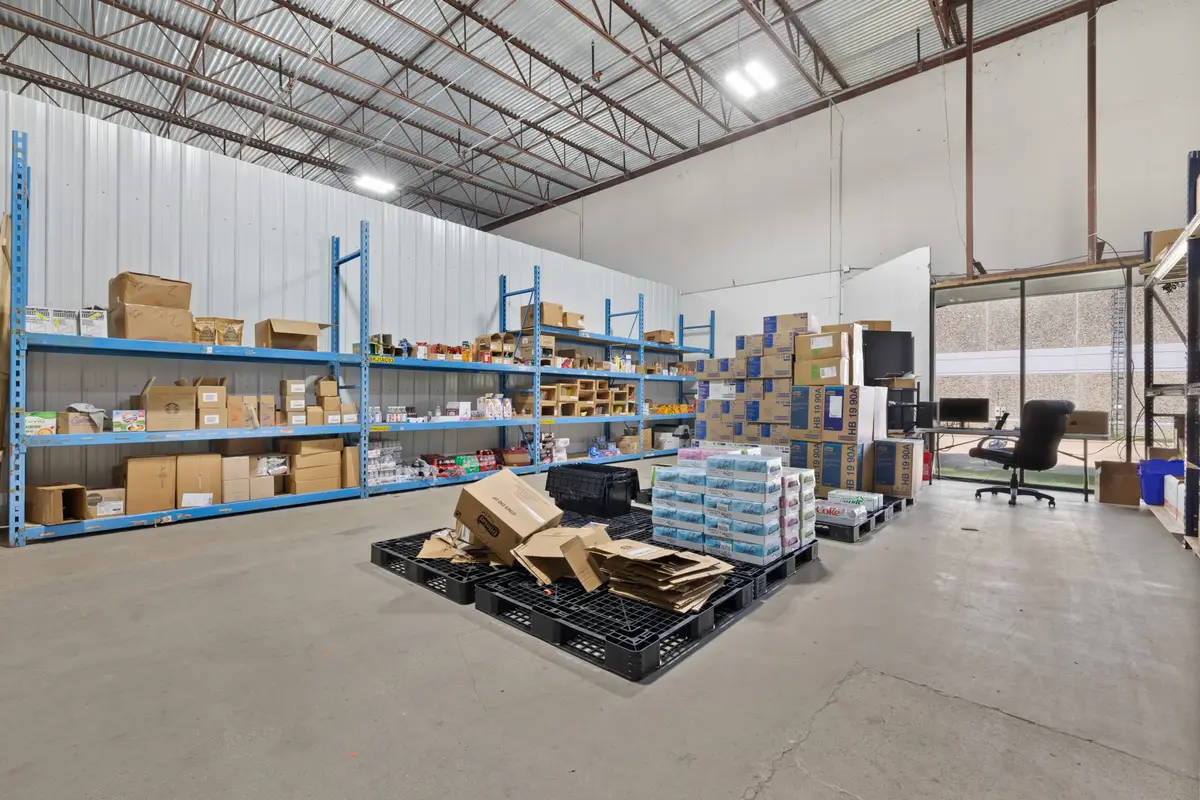
Space Optimization: Maximizing Efficiency in Small-Scale Warehousing
In the realm of small-scale warehousing, where space is often a premium commodity, the need for efficient space optimization has never been more crucial. Small businesses operating with limited storage capacity face challenges that demand innovative solutions to make the most out of every square foot. In this article, we’ll explore the significance of space optimization, the challenges faced by small-scale warehouses, and practical strategies to maximize efficiency.
Challenges in Small-Scale Warehousing
Limited Space
One of the primary challenges in small-scale warehousing is the restricted physical space. Unlike large warehouses, small-scale facilities must contend with a finite area for storage. This limitation necessitates a strategic approach to ensure that every inch is used judiciously.
Inefficient Storage Solutions
Traditional storage methods may not be suitable for small-scale warehousing, leading to inefficiencies in space utilization. Understanding the shortcomings of conventional shelving and storage systems is the first step toward implementing effective solutions.
Accessibility Issues
The layout of a small warehouse can impact accessibility. Poorly organized spaces may lead to delays in retrieving items, hampering overall workflow efficiency. Addressing accessibility concerns is integral to enhancing operational productivity.
Strategies for Space Optimization
Vertical Storage Solutions
One key strategy is to think vertically. Utilizing vertical space through mezzanine floors or high shelving can significantly increase storage capacity without expanding the warehouse footprint.
Modular Shelving Systems
Implementing modular shelving allows for flexibility in storage configurations. This adaptability is particularly beneficial for businesses with changing inventory needs, ensuring optimal use of available space.
Smart Inventory Management Software
Investing in inventory management software streamlines processes and minimizes the risk of overstocking or stockouts. These technologies offer real-time insights into inventory levels, aiding in efficient space utilization.
Efficient Space Utilization Techniques
Beyond infrastructure changes, adopting efficient space utilization techniques such as slotting optimization and ABC analysis ensures that high-demand items are readily accessible, minimizing unnecessary movement within the warehouse.
Benefits of Space Optimization
Increased Storage Capacity
Efficient space optimization directly translates to increased storage capacity. Businesses can accommodate more inventory without the need for costly expansions, leading to cost savings in the long run.
Enhanced Workflow Efficiency
A well-organized warehouse contributes to smoother operations. With optimized space, employees can navigate the facility more efficiently, reducing picking and packing times and improving overall workflow.
Cost Savings
While the initial investment in space optimization solutions may seem daunting, the long-term cost savings are significant. Avoiding the need for additional storage space or renting larger facilities can result in substantial financial benefits.
Future Trends in Small-Scale Warehousing
Automation and Robotics
The future of small-scale warehousing is increasingly becoming automated. Robotics and smart technologies are being integrated to handle routine tasks, reducing the need for extensive physical labor and further optimizing space.
Sustainable Practices
As environmental consciousness grows, small-scale warehouses are embracing sustainable practices. From energy-efficient lighting to eco-friendly packaging solutions, these initiatives contribute to both space optimization and environmental responsibility.
Technological Innovations
Continual advancements in technology bring forth innovative solutions. RFID tracking, IoT sensors, and AI-driven analytics are among the technological innovations revolutionizing how small warehouses manage and optimize their space.
Tips for Implementing Space Optimization
Assessing Current Warehouse Layout
Before implementing any changes, a thorough assessment of the current warehouse layout is essential. Identify bottlenecks, dead spaces, and areas with potential for improvement to tailor space optimization strategies accordingly.
Customizing Solutions for Specific Needs
Every small-scale warehouse is unique. Tailor space optimization solutions to the specific needs and challenges of the business, ensuring that the implemented changes align with operational requirements.
Training Staff for Efficient Space Management
Effective space optimization involves not only physical changes but also cultural shifts. Training staff on the importance of efficient space management and how to use new systems is critical for long-term success.
Common Myths about Space Optimization
It’s Expensive
Contrary to the misconception that space optimization is costly, the long-term savings often outweigh the initial investment. Businesses can avoid the expenses associated with expanding physical space by strategically optimizing existing resources.
One-Size-Fits-All Solutions
Each warehouse is unique, and there is no one-size-fits-all solution for space optimization. Tailoring strategies to the specific needs and challenges of the business ensures a more effective and sustainable approach.
Disruption to Operations
Implementing space optimization does not necessarily mean disrupting day-to-day operations. With careful planning and phased implementation, businesses can seamlessly transition to optimized spaces without significant downtime.
Conclusion
In conclusion, space optimization is a game-changer for small-scale warehousing. By embracing innovative strategies and leveraging technology, businesses can overcome the challenges posed by limited space, leading to increased efficiency, cost savings, and a competitive edge in the market. The future of small-scale warehousing is exciting, with automation, sustainability, and technological innovations paving the way for continued growth.
FAQs
Q: What is the primary benefit of space optimization in small-scale warehousing? A: The primary benefit is increased storage capacity without the need for costly expansions, leading to long-term cost savings.
Q: How can automation contribute to efficient space utilization? A: Automation reduces the need for extensive physical labor, streamlining processes, and optimizing space through innovative technologies like robotics.
Q: Are there affordable solutions for small businesses? A: Yes, tailoring space optimization solutions to specific needs ensures cost-effective strategies for small businesses.






